Chinese animation had come a long way just like its Japanese counterpart. The first feature animated film with notable length in Asia was released by China in 1941, Princess Iron Fan. The film had influenced and impacted the wartime Japanese Momotaro anime films and the future works of Osamu Tezuka, the father of Japanese manga.
In this regard, Chinese animation had been on par with the rest of the world and even with the more popular Japanese animation at a given time which is quite far from its current state if compared to the mainstream Japanese anime of today. However, Chinese animation had is going through a renaissance period in recent years with big companies investing in producing animated works that interest the local people while also captivating the rest of the world, several popular donghua like The King’s Avatar, Grandmaster of Demonic Cultivation, Scissor Seven, Heaven Official’s Blessing, Fog Hill of Five Elements, Nezha: The Devil’s Birth and many more have proven that Chinese animation industry can also capture the attention of anime viewers outside of China.
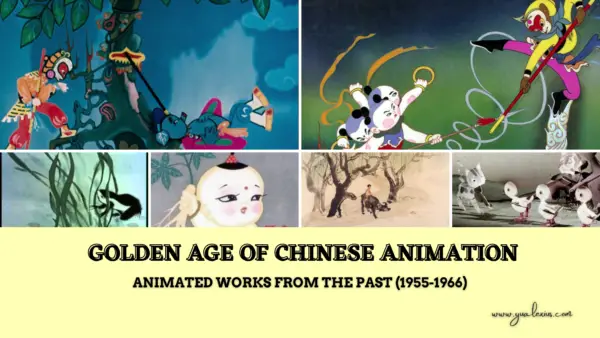
Historically speaking, the year 1957-1966 has been called the Golden Age of Chinese Animation, this is the period where the industry thrives in its full glory with experimenting on various art forms, learning Western animation, and blended it with different methods that are unique to Chinese culture, giving rise to a new creative process. The era has been known as the Golden Age of Chinese animation due to high-quality works and productivity by Shanghai Animation Film Studio, one of the oldest Chinese animation studios, founded in 1946.
Shanghai Animation Film Studio had produced several animated works ranging from different formats and art forms that feature Chinese artistry such as Jianzhi (traditional paper-cuts animation), Shuimohua, Puppetoon, Zhezhi (origami animation), Shadow puppetry, ink-wash, and brush-painting animation to name a few. In this post, we will share with you the list of movies that Shanghai Animation Film Studio had produced during 1957-1966 that were considered masterpieces of the Golden Age of Chinese Animation. Without further ado, let’s start the list as follows:
Movies from the Golden Age of Chinese Animation
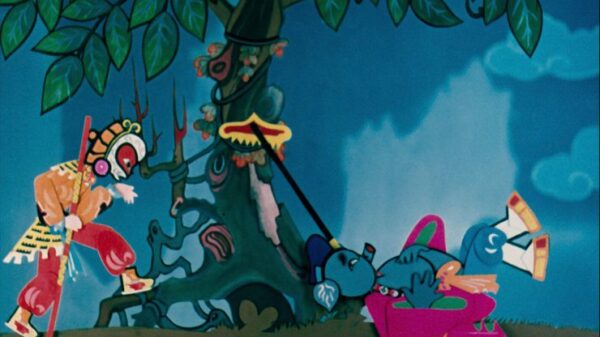
Pigsy Eats Watermelon (1958)
This is the first jianzhi-style animation from Wan Guchan and the then young animator Hu Jinqing, together with their team, they developed the jianzhi which was based on Chinese traditional paper-cuts.
The film was also known as Mr. Pig Eats Watermelon or Zhu Bajie Eats Watermelon. It was directed by Wan Laiming and Wan Guchan and produced by Shanghai Animation Film Studio. It runs for a total of 20 minutes and follows the story of Zhu Bajie who was inspired by the Chinese folklore character from the Journey to the West.
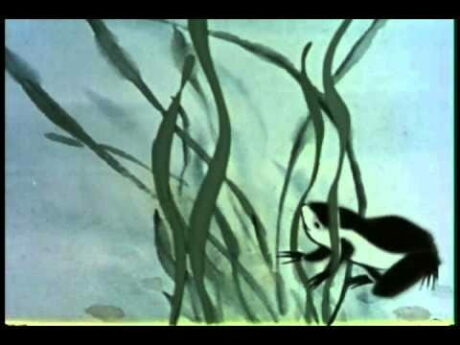
Where is Mama (1960)
Xiao Kedou Zhao Mama | Also known as Little Tadpoles Looking for Mama follows the exciting adventures of a group of tadpoles who are looking for their mother. The simple story yet filled with Chinese aesthetics is a perfect animated work for children. The 15-minute long film was animated under the artistic guidance of Te Wei, who is experimenting to go outside the influence of Western animation style and ended up delivering the film through ins-wash and brush-painting style which was influenced by the works of Qi Baishi.
Where is Mama won awards from various festivals that time including the Locarno International Film Festival in 1961, the 4th Annecy International Animation Film Festival in 1962, and the 17th Cannes Film Festival in 1964.
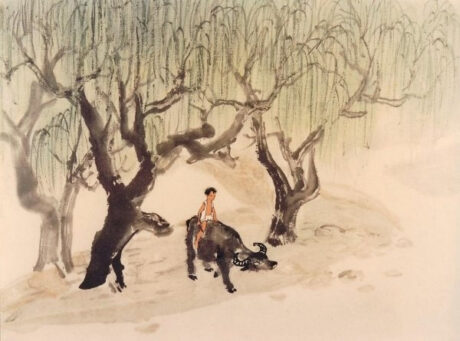
Buffalo Boy and the Flute (1963)
Mu Di | This 20 minutes long Chinese anime film is also known as The Cowboy’s Flute, and The Cowherd’s Flute. This is an enchanting story about a boy with extraordinary skill to play flute and his buffalo companion and will revolve around the special bond they shared.
This is the second ink-wash and brush-painting animated work by Te Wei and produced by Qian Jiajun. It does not feature any dialogue but emphasizes Chinese painting animation and the flute melody. The film won an award at the Odense International Film Festival in 1979.
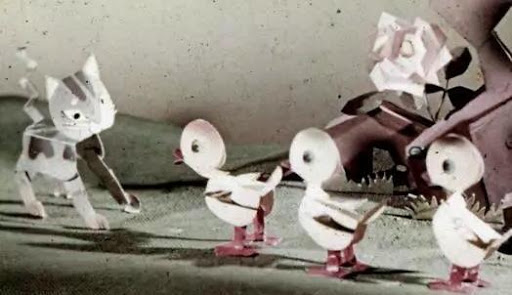
A Clever Duckling (1963)
This Chinese animated film features a folk craft technique called zhezhi (also known as Japanese origami). A Clever Duckling is the first folded-paper animation and it was directed by Yu Zhenguang.
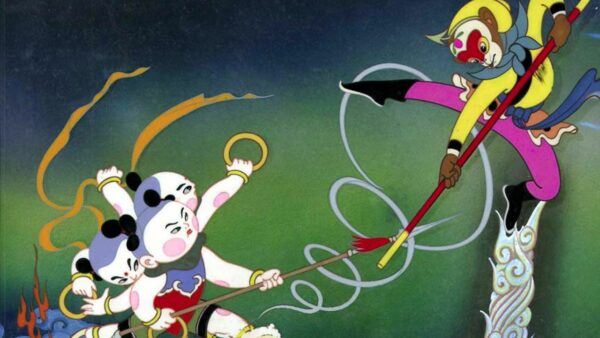
Havoc in Heaven (1961, 1964)
Da Nao Tiangong | Also known as Uproar in Heaven, The Monkey King, Sun Ukun: Uproar in Heaven, and Sun Wukong: Havoc in Heaven is the most well-known animated film from the Golden Age of Chinese animation. It was directed by Wan Laiming where he adapted many features from Chinese stage art that he used for the environmental and character designs, and even had referred to Peking opera’s military-style movement.
The 1 hour and 54 minutes long film was based on the earliest parts of the classic Chinese story Journey to the West which features the Monkey King Sun Wukong as the main character, the entity who rebels against the Jade Emperor of Heaven. It has become one of the most influential films in Asia that inspired various adaptations of the story in a different medium. The film was praised by the international audience after it was shown at the Locarno Film Festival in 1965.
Further Recommendations
Those are the Chinese animated movies from the Shanghai Animation Film Studio that defined the Golden Age of Chinese animation. However, the list is not over yet, here are some more films that were released during the timeline of 1957-1966 as follows:
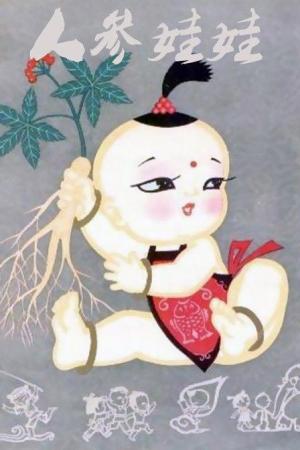
- The Adventures of The Little Fisherman (1959)
- The Spirit of Ginseng (1961)
- Red Army Bridge (1964)
- More or Less (1964)
- The C*ck Crows at Midnight (1964)
- The Heroic Sisters of the Grasslands (1964)
Chinese Anime Prior to its Golden Generation
While technically not a part of the Golden Age of Chinese Animation, the studio had released several noteworthy films before 1957 that donghua fans should check to get a deeper look at the history of Chinese animation. The following Chinese anime films were among the foundation of the Chinese animation industry several decades ago until now.
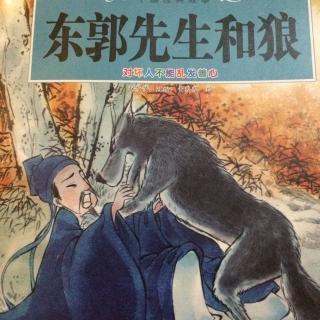
- Xiexie Xiaohua Mao (1950)
- Cai Mogu (1953)
- Hao Pengyou (1954)
- Kuakou de Qingwa (1954)
- Yewai de Zaoyu (1955)
- The Wolf of Zhongshan, Mr. Dongguo / Dongguo Xiansheng (1955)
- The Magical Pen (1955)
- Why is the Crow Black-Coated / Wu Ya We Shen Mo Shi Hei De (1955)
- The Conceited General, The Proud General / Jiaoao de Jiangjun (1956)
- Ji Zhi De Shan Yang (1956)
- Wo Zhidao (1956)
It can be said that Chinese animation had come a long way and while it’s trying to get back to its former glory through large quantities of recently produced works, it still has a long way to go. However, it’s amazing to see that it is flourishing with new talents and ideas, albeit it has also adapted to animation style outside of Chinese art forms while some companies are striving to put the Chinese animation at a new height for the new generation of viewers both domestic and international through reinventing the existing creative process of animation, revitalizing the old styles like ink-wash and brush-painting as seen in Fog Hill of Five Elements, or steadily improving the 3DCG animation which had been the new cliche nowadays in the industry.
Last Updated on September 30, 2022 by Yu Alexius
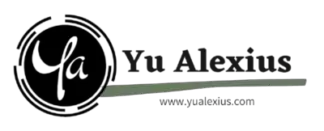
Leave a Reply
You must be logged in to post a comment.